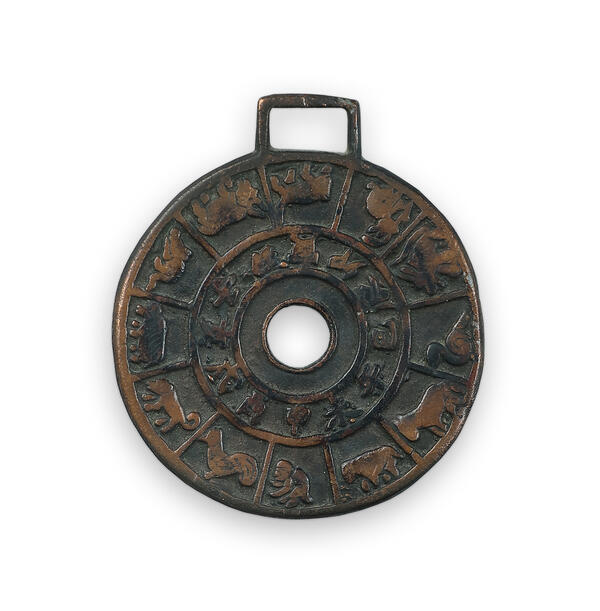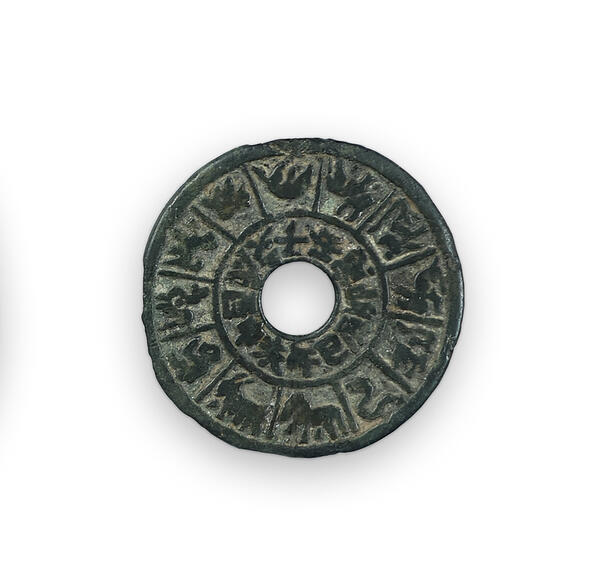The exhibition of the Vladimir Arseniev Museum of Far East History presents a Chinese medallion depicting the animals of the zodiac cycle. The Chinese zodiac, known as Sheng Xiao, is based on a twelve-year cycle, where each year is associated with a sign of one or another animal. It is calculated according to the Chinese lunar calendar. The Chinese New Year always occurs on different dates, between January 21 and February 20.
There are many stories and legends about the origin of the zodiac, but the main versions are two. According to the first legend, Buddha decided to invite all the animals to celebrate the New Year. And the one who will show respect and arrive one of the first would be made the symbol of the year. The Rat appeared first, followed by the Bull, then ten more animals responded to Buddha’s invitation: the Tiger, the Hare, the Dragon, the Snake, the Horse, the Goat, the Monkey, the Rooster, the Dog and the Pig. As promised, each of the deftest guests was granted a “named” year. Thus emerged the Great Circle of Time, governed by the five Great Elements: Earth, Water, Wood, Metal and Fire. According to another opinion, based on archaeological data, that is on the discovered ceramic products, zodiac animals were popular during the Tang Dynasty, between 618 and 907 AD. However, their images are found on earlier artifacts between 475 and 221 BC.
There is an assumption that
the animals on the zodiacal list were brought to China down the Great Silk
Road, the same Central Asian trade route that brought the Buddhist faith to
India and China. Some experts say this belief predates Buddhism and has its
origins in Chinese astronomy, which used the planet Jupiter as a constant
because its complete revolution around the Earth took 12 years. Astronomy was
an important duty of the emperor, who was responsible for harmony under the
sky. To rule well and with prestige, he had to be accurate in matters of
astronomy. Perhaps this is why the Chinese calendar is so firmly rooted in
Chinese culture. As a rule, changes in the chronological system were considered
appropriate when there was some significant political change.




